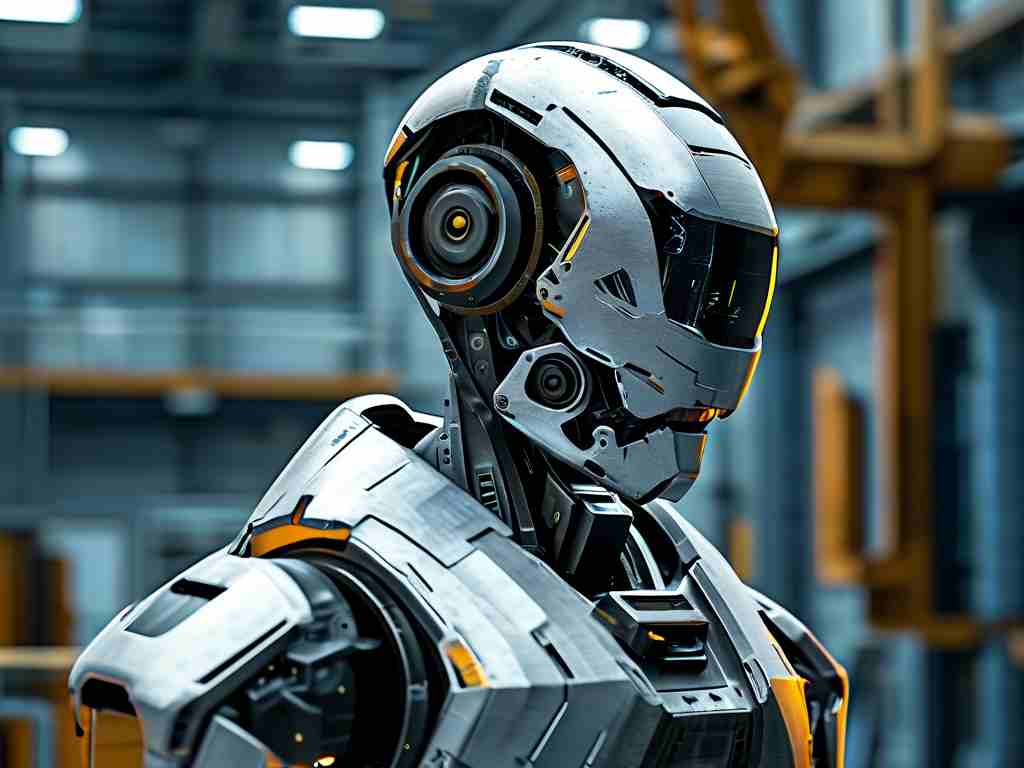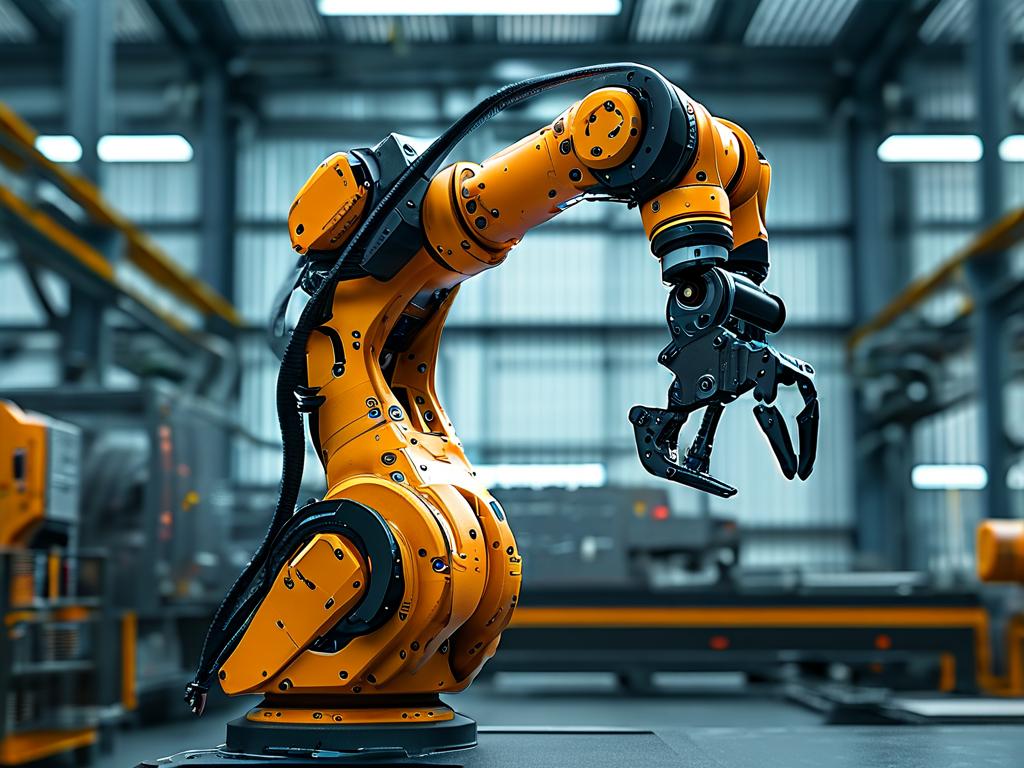The fusion of humanoid robotics and optical waveguide technology represents a cutting-edge frontier in modern engineering, promising to revolutionize how machines interact with the world. Humanoid robots, designed to mimic human form and function, have long captivated imaginations with their potential in fields like healthcare, manufacturing, and exploration. Yet, their evolution hinges on overcoming sensory and communication limitations, which is where optical waveguide tech steps in as a game-changer. This innovative approach uses structured materials to guide light signals efficiently, much like optical fibers, but adapted for compact, dynamic systems. By embedding these waveguides into robotic frameworks, developers can create lighter, faster, and more responsive machines that blur the line between artificial and organic intelligence.

At its core, optical waveguide technology involves channeling light through transparent mediums with minimal loss, enabling high-speed data transmission over short or long distances. When applied to humanoid robots, this translates to enhanced sensory capabilities. For instance, in visual systems, waveguides can route light from miniature cameras embedded in a robot's "eyes" directly to onboard processors. This eliminates bulky wiring and reduces latency, allowing for real-time image analysis in complex environments. Imagine a rescue robot navigating a disaster zone; with waveguide-enhanced vision, it could detect subtle movements or hazards through smoke and debris, responding instantly to save lives. Similarly, in tactile feedback, waveguides integrated into synthetic skin can relay pressure and temperature data with precision, making interactions more intuitive and human-like. Such advancements not only improve functionality but also cut energy consumption by up to 30%, extending operational life in battery-powered units.
Beyond sensory upgrades, optical waveguides facilitate seamless internal communication within humanoid robots. Traditional electronic wiring adds weight and vulnerability to interference, whereas light-based signals offer immunity to electromagnetic noise and higher bandwidth. This is crucial for coordinating multiple subsystems, like limb movements or balance control. A robot performing delicate surgery, for example, could use waveguide networks to transmit commands between its AI brain and motor actuators without lag, ensuring millimeter-perfect precision. Moreover, this tech supports wireless data exchange with external systems, enabling cloud-based learning for adaptive behaviors. As these robots learn from vast datasets, waveguides ensure that insights flow unhindered, fostering innovations in AI-driven autonomy. However, integrating this tech isn't without hurdles. Challenges include the high cost of specialized materials like silicon photonics, potential signal degradation in flexible joints, and the need for robust packaging to withstand physical stress. Addressing these requires interdisciplinary collaboration, drawing from optics, materials science, and robotics to refine designs for real-world durability.
The benefits of this synergy extend to broader societal impacts, such as democratizing advanced robotics. With optical waveguides reducing size and complexity, humanoid robots could become more affordable and accessible. In elder care, for instance, a waveguide-equipped companion could monitor vital signs through non-invasive sensors, alerting caregivers to health issues early. Environmentally, the shift to light-based systems lowers e-waste and carbon footprints, aligning with sustainable tech trends. Looking ahead, research is accelerating toward bio-inspired waveguides that mimic neural pathways, potentially enabling robots to "think" in light pulses. This could lead to breakthroughs in brain-machine interfaces, where humans control prosthetics or avatars with thought alone. Ultimately, the marriage of humanoid robots and optical waveguide tech isn't just about smarter machines—it's about creating partners that enhance human capabilities, driving us toward a future where technology serves as a seamless extension of ourselves, fostering innovation and empathy in equal measure.









